Seeing Nuclear Issues in Daguerreotypes: An Interview with Takashi Arai
Skip other details (including permanent urls, DOI, citation information)
: This work is licensed under a Creative Commons Attribution-NonCommercial-NoDerivatives 3.0 License. Please contact mpub-help@umich.edu to use this work in a way not covered by the license.
For more information, read Michigan Publishing's access and usage policy.
Takashi Arai (b. 1978) is a Japanese photographer based in Kawasaki. He works with the daguerreotype technique as a “monumental container,” as he calls it, to explore nuclear issues and the deep connections among Hiroshima, Nagasaki, and Fukushima. He is a member of the Atomic Photographers Guild, an international collective of artists dedicated to making visible all facets of the nuclear age. His daguerreotypes have been on exhibit in a variety of museums and galleries across the United States, Europe, and Japan. He took part in the well-known exhibition In the Wake: Japanese Photographers Respond to 3/11, which traveled to the United States and has been seen at Boston’s Museum of Fine Arts; the Japan Society, in New York City; and, more recently, the Asia Society in Houston. In 2016, he received the 41st Kimura Ihei Award for his first monograph, “Monuments” (PGI, 2015). Arai is also the winner of the Source-Cord Prize (UK, 2014), and the Newcomer’s Award (2016), from the Photographic Society of Japan.
Amandine Davre: Takashi Arai, you studied in the Department of Biology at the International Christian University in 2001, then you enrolled in the Tokyo College of Photography (TCP) in 2002. How did you start practicing photography?
Takashi Arai: Before photography I had been mainly interested in poetry and film. I came to use the camera as a tool to “note” daily scenes for poetry and (future) film, at age eighteen to nineteen. At age twenty or twenty-one, I joined the workshop held by the Japanese photographer Risaku Suzuki at Kawasaki City Museum, and I was strongly lured by the diversity of fine-art photography. After the workshop, following the advice of Risaku, I joined the Tokyo College of Photography.
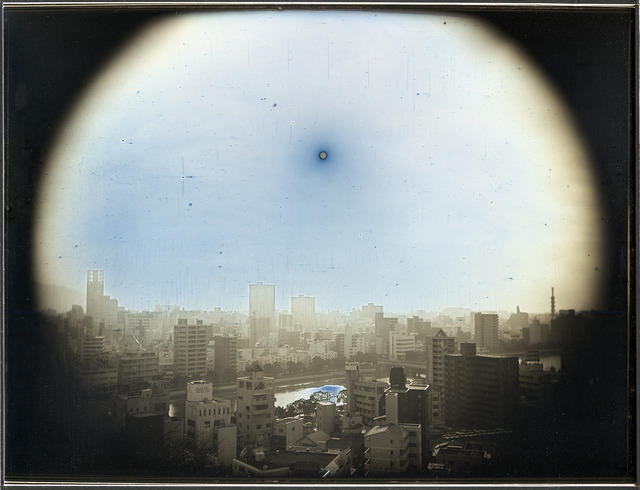 Fig. 1. Takashi Arai, March 23, 2014, The Sun at the Apparent Altitude of 570 m in WNW, Hijiyama Park, from the series Exposed in a Hundred Suns, 2014, 19,3 x 25,2 cm, daguerreotype, © 2014 Takashi Arai, courtesy of the Museum of Modern Art, Boston.
Fig. 1. Takashi Arai, March 23, 2014, The Sun at the Apparent Altitude of 570 m in WNW, Hijiyama Park, from the series Exposed in a Hundred Suns, 2014, 19,3 x 25,2 cm, daguerreotype, © 2014 Takashi Arai, courtesy of the Museum of Modern Art, Boston.AD: How did you come across the daguerreotype? When did you see one for the first time and what do you recall from this first impression?
TA: I can vaguely remember but I believe that I saw one daguerreotype portrait for the first time in Paris in 2000 or 2001, when I was backpacking. At that point, I was very much into Alberto Giacometti’s paintings, and that daguerreotype portrait reminded me of his portrait because of the ghostlike presence of a human face.
AD: When you were studying at the TCP, you decided to explore that old photographic technique: you found the original manual of Louis-Jacques-Mandé Daguerre and tried to produce plates by yourself. How many trials and failures did it take before you were able to master the daguerreotype techniques?
TA: I can still vividly remember my first shooting test. I was lucky because my first 4x5-inch plate came out successfully, even though the image was subtle, and I was stunned with its extraordinary details and the depth of the image. It was a landscape of the pond near my flat, taken in late afternoon. For a week or so, I couldn’t stop observing the plate, and I was almost shocked by pretty much everything about the daguerreotype: the simplicity of the materials and the process, the exceptional details, and the three-dimensional quality of the image. But I learned afterward that the first plate was just a lucky coincidence. It took me another year to get a similar result, and seven or eight years to make mercurial daguerreotypes of so-so quality.
There are two methods to develop a daguerreotype: the Becquerel process (the use of sunlight to develop an image through a red filter) and the mercurial process; I started my practice with the Becquerel process. Even now I’m not as good as the nineteenth-century daguerreotype masters.
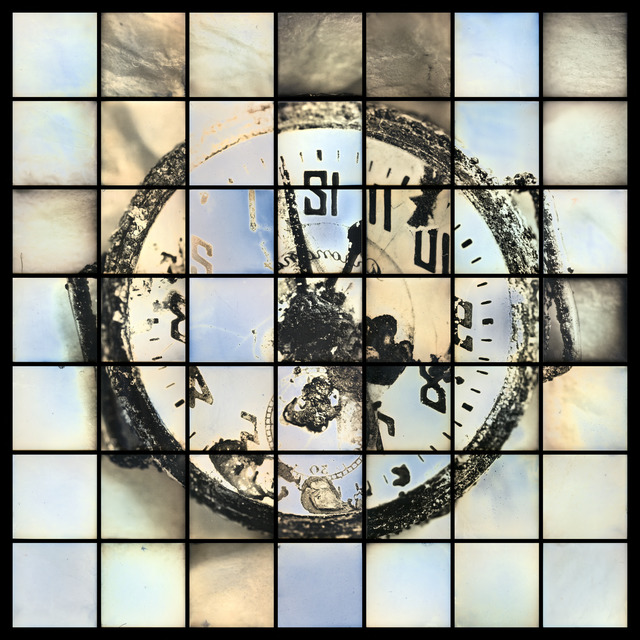 Fig. 2. Takashi Arai, A Maquette for a Multiple Monument for the Wristwatch Dug Up from Ueno-machi, Nagasaki Atomic Bomb Museum, from the series Exposed in a Hundred Suns, 2014, 50 x 50 cm, daguerreotype, © 2014 Takashi Arai, courtesy of PGI.
Fig. 2. Takashi Arai, A Maquette for a Multiple Monument for the Wristwatch Dug Up from Ueno-machi, Nagasaki Atomic Bomb Museum, from the series Exposed in a Hundred Suns, 2014, 50 x 50 cm, daguerreotype, © 2014 Takashi Arai, courtesy of PGI.AD: Your learning process of this technique was quite the same as that for the first daguerreotype imported into Japan, in 1848. It took several years to master the technique, which appeared during the very beginning of the country’s rapid modernization. Does the history of the technique have a role in your artistic approach?
TA: I’m curious about the early history of photography in Japan, but no. Like in other Asian countries, photography was suddenly brought to Japan as one of the modern technologies, and was not necessarily desired as a tool for democratization. In the mid-nineteenth century, photographs in Japan had no value other than as souvenirs for foreigners. That’s why the European and American early history of photography means more in my artistic practice.
AD: By using this old technique in your works about Hiroshima, Nagasaki, and the Lucky Dragon — the fishing boat exposed to radiation during the American H-bomb test on Bikini in 1954 — in your series Exposed in a Hundred Suns (2012–), or more recently about Fukushima, in your series Here and There — Tomorrow’s Islands (2011–), it seems that you manage to weave a temporal connection between the daguerreotype and these nuclear disasters. It seems to me that you are showing the effects and limits of the overambitious modernization of Japan — which began just after the first introduction of the daguerreotype — of which these nuclear disasters are the horrifying consequence. Can we say that the daguerreotype manages to illustrate the consequences of the rapid modernization of Japan and that nuclear energy represents a limit that we have crossed?
TA: I never tried to connect the slowness of the daguerreotype and the rapid modernization of Japan. But the nuclear issues — which became unexpectedly and for the first time the reality of my life in 2011 — are not only about our overgrown desire and technology. By traveling to Fukushima and other nuclear sites in the United States and Japan, I gradually started to think that nuclear physics had already become a new mythology of our age, the so-called Atomic Age. Radioactivity is invisible, and some radioisotopes last for billions of years. In the Finnish nuclear waste site Onkalo, the Finns wonder now how to keep the facility for a hundred thousand years, and to warn the people who will live there in a hundred thousand years of the danger of nuclear waste. This is beyond our imagination, thus it’s a mythology.
My question is: What kind of language suits the age of new mythology? There’s no clear answer but I think the daguerreotype is the best tool for me so far because of its durability and the emotional and intimate connection that can be established between the image and its viewers. The nuclear industry is based on a chain of global exploitation and discrimination from which we will suffer for more than a thousand years. For me, the nuclear issue is one way of engaging any other social issue we have all over the world today.
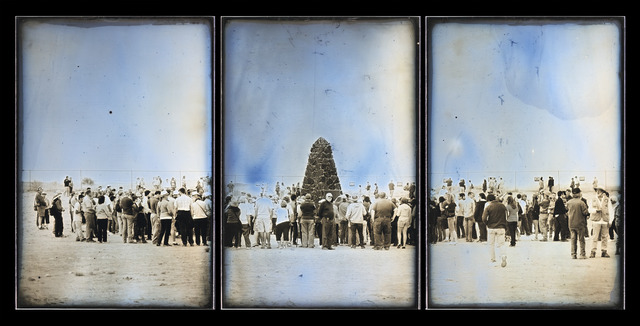 Fig. 3. Takashi Arai, A Maquette for the Trinity Site No. 2, White Sands Missile Range, NM, April 6, 2013, from the series Exposed in a Hundred Suns, 2013, 19,3 x 25,2 cm, daguerreotype, © 2013 Takashi Arai, courtesy of the artist.
Fig. 3. Takashi Arai, A Maquette for the Trinity Site No. 2, White Sands Missile Range, NM, April 6, 2013, from the series Exposed in a Hundred Suns, 2013, 19,3 x 25,2 cm, daguerreotype, © 2013 Takashi Arai, courtesy of the artist.AD: You talk about the daguerreotype as a “monumental container” or as a “micro monument” for storing memory. Could you expand on this notion?
TA: The daguerreotype has a strong material form that can last a hundred and eighty years. In the nineteenth century, daguerreotypes were always kept in pocket-sized cases, sometimes along with other mementoes — human hair, handwritten letters, flowers, for example — that represented the models’ existence. I call this kind of image-objects “micro monuments.” Compared to large-scale monuments that relate to historical and political contexts, micro monuments secure individual memories of anonymous people. Micro monuments have the power to decontextualize the personal story, and to carry “micro-scopic” memories from generation to generation.
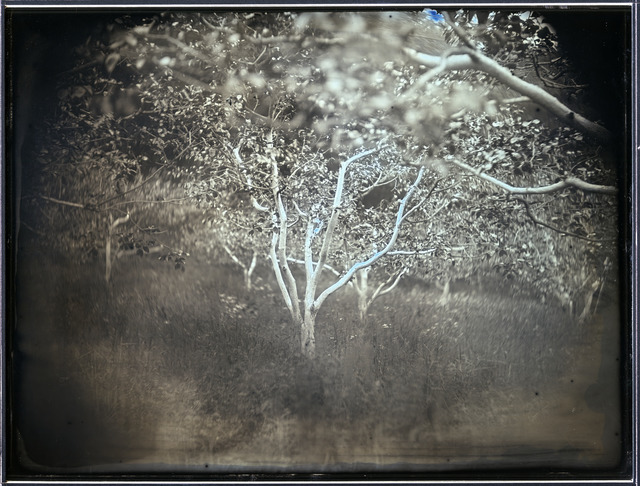 Fig. 4. Takashi Arai, Persimmon Trees with Those Skins Stripped Away for Trial Decontamination, Tsukidate, Fukushima, from the series “Here and There – Tomorrow’s Islands,” 2012, 19,3 x 25,2 cm, daguerreotype, © 2012 Takashi Arai, courtesy of the artist.
Fig. 4. Takashi Arai, Persimmon Trees with Those Skins Stripped Away for Trial Decontamination, Tsukidate, Fukushima, from the series “Here and There – Tomorrow’s Islands,” 2012, 19,3 x 25,2 cm, daguerreotype, © 2012 Takashi Arai, courtesy of the artist.AD: In your series Here and There — Tomorrow’s Islands, for example, you photographed quiet abandoned landscapes in the Fukushima region and the everyday activities of people trying to rebuild their lives. As a monumental container, what is the daguerreotype trying to capture?
TA: I’m trying to capture the reality of the world. But the reality doesn’t mean only facts or “truth.” I also want to encapsulate my models’ emotions and mine in the daguerreotype, and then the sense of reality will be delivered on the surface of the mirroring silver plate, through the time and effort it takes the viewers to “see” the reflecting image.
AD: A daguerreotype plate is very particular for viewers. With the particularity of reflecting the viewer’s face onto its mirroring surface, the daguerreotype appears as an open window between here — that is, the space from where we are looking at the photograph — and there, the environment and people from the Fukushima region. There is also something disturbing in your daguerreotype: We can see dark spots due to solarization; they look like carcinogenic particles. What effects are you trying to convey?
TA: Some errors, or imperfections, on my daguerreotypes happen unexpectedly, because of my lack of skills. When I exhibited the series Here and There — Tomorrow’s Islands in Kawasaki City Museum, in 2011, some viewers asked me if the black spots were the result of radioactivity. I suppose they are not, but I found that the daguerreotype sometimes triggers viewers’ perception and/or emotions. No matter whether they perceive it well, I like that this process can boost viewers’ imagination and make them feel personally connected.
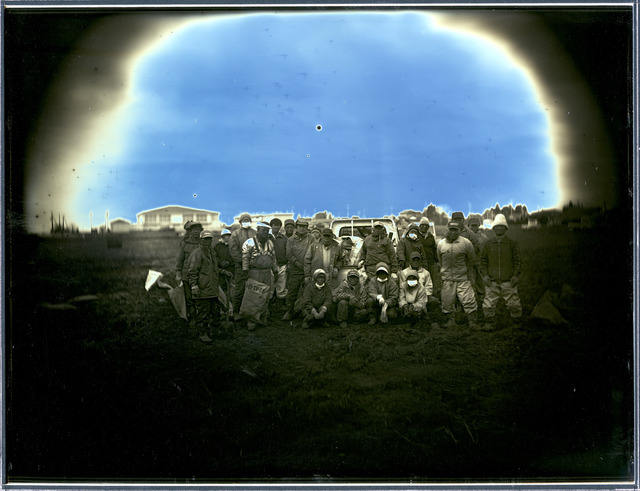 Fig. 5. Takashi Arai, Farmers at decontamination work, Minami Soma, from the series Here and There – Tomorrow’s Islands, 2012, 19,3 x 25,2 cm, daguerreotype, © 2012 Takashi Arai, courtesy of the artist.
Fig. 5. Takashi Arai, Farmers at decontamination work, Minami Soma, from the series Here and There – Tomorrow’s Islands, 2012, 19,3 x 25,2 cm, daguerreotype, © 2012 Takashi Arai, courtesy of the artist.AD: How did the inhabitants of the decontamination areas that you photographed in Here and There — Tomorrow’s Islands respond/react to your desire to make daguerreotypes of them?
TA: They were extremely helpful and generous. I’m still in touch with the models, and some of them are still helping me a lot with my ongoing projects in Fukushima.
AD: Because the daguerreotype requires a long process to be made and printed, did the inhabitants you pictured see the plates? If so, what were their reactions?
TA: Yes, I always came back to show them their portraits. I also had a small show in Minamisoma, the neighborhood of Fukushima where I took most of those portraits, and I invited them. The reactions are really great. Someone simply said, “Whoa!” and some others looked silently into each plate for a long time. For me, it is difficult but always important to work with people in Fukushima. I’m based near Tokyo and I found out that I tend to be an “observer” of Fukushima from the outside (in Tokyo, we get a ridiculously small amount of coverage of the Fukushima issues on TV, newspapers, and so on). It’s dangerous and probably wrong because that kind of stance as an observer may produce another vision of the reality through my practice of photography itself.
The reason I published the catalogue of the series Here and There — Tomorrow’s Islands by myself, in 2012, was to give pictures to my models. Then I decided to publish my first monograph, “Monuments,” in 2015, because I learned from that experience that a book could be a good way to spread the images taken in Fukushima and its neighborhood among a wider range of viewers.
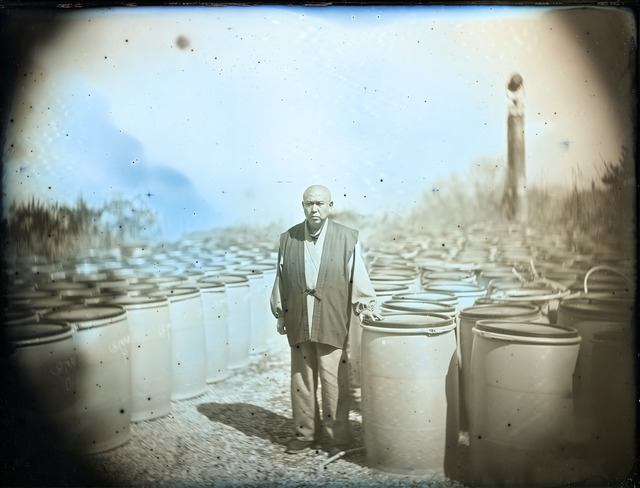 Fig. 6. Takashi Arai, Koyu Abe and radioactive waste in his private property, from the series Here and There – Tomorrow’s Islands, 2013, 19,3 x 25,2 cm, daguerreotype, ©2013 Takashi Arai, courtesy of the artist.
Fig. 6. Takashi Arai, Koyu Abe and radioactive waste in his private property, from the series Here and There – Tomorrow’s Islands, 2013, 19,3 x 25,2 cm, daguerreotype, ©2013 Takashi Arai, courtesy of the artist.AD: Is Here and There — Tomorrow’s Islands finished?
TA: No, it will be a lifelong project, I guess.
AD: Is that because the issues of nuclear decontamination remain present and seem everlasting, never quite over?
TA: Yes. Fukushima is not only a social issue for me. It’s an ongoing crisis still affecting my everyday life — imagine a life in which anytime you buy food you wonder whether or not it’s radioactive — thus, it’s also a private issue for me that can’t be ignored.
AD: Thank you for this interview.
This interview was conducted via e-mail on December 9, 2016.
Amandine Davre is a Ph.D. student in Art History at the University of Montreal since 2015. Her doctoral project studies the representation of radioactivity in post-Fukushima Japanese photography. In March 2017, she curated an exhibition at the Visual Voice Gallery (Montreal) entitled HŌSHANŌ: Art and Life in a Post-Fukushima World.


